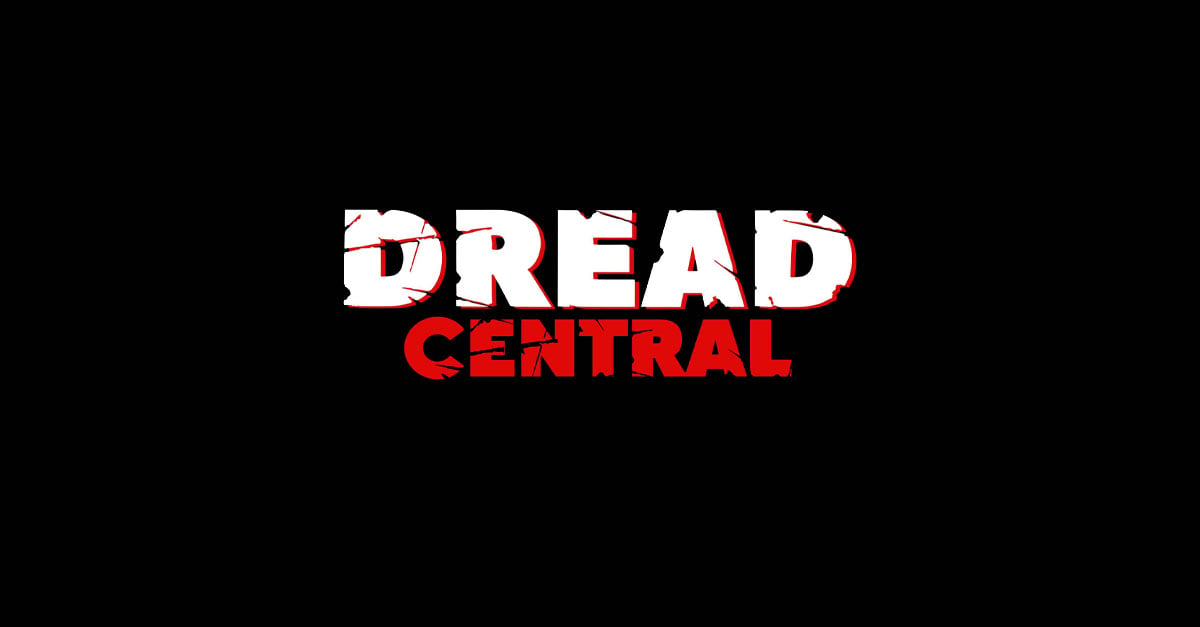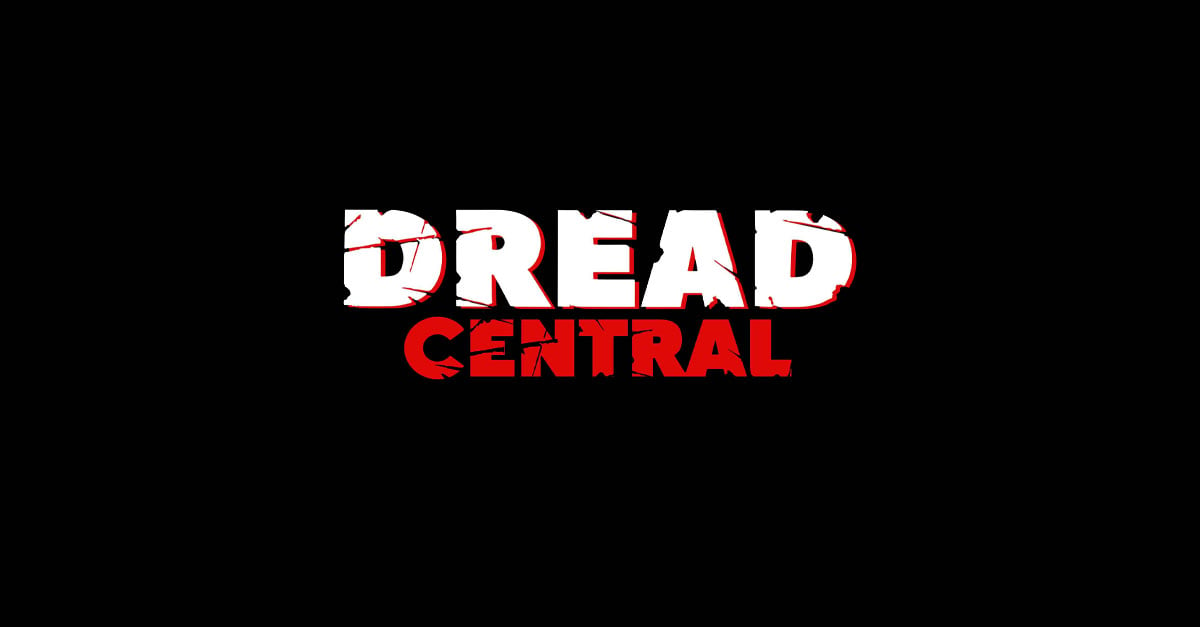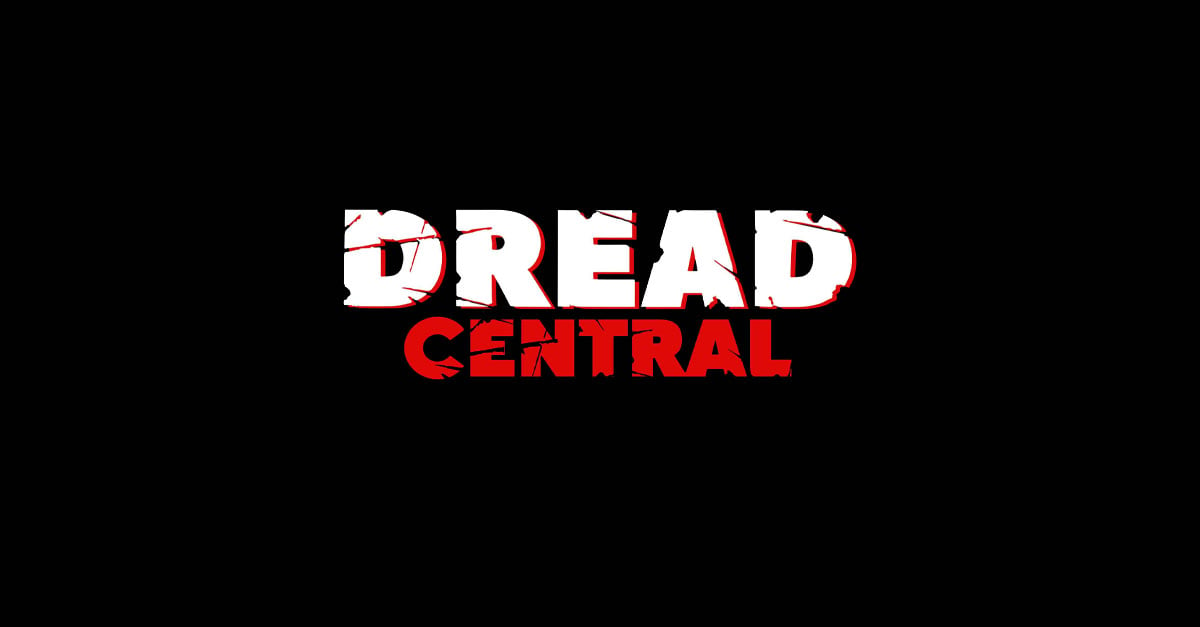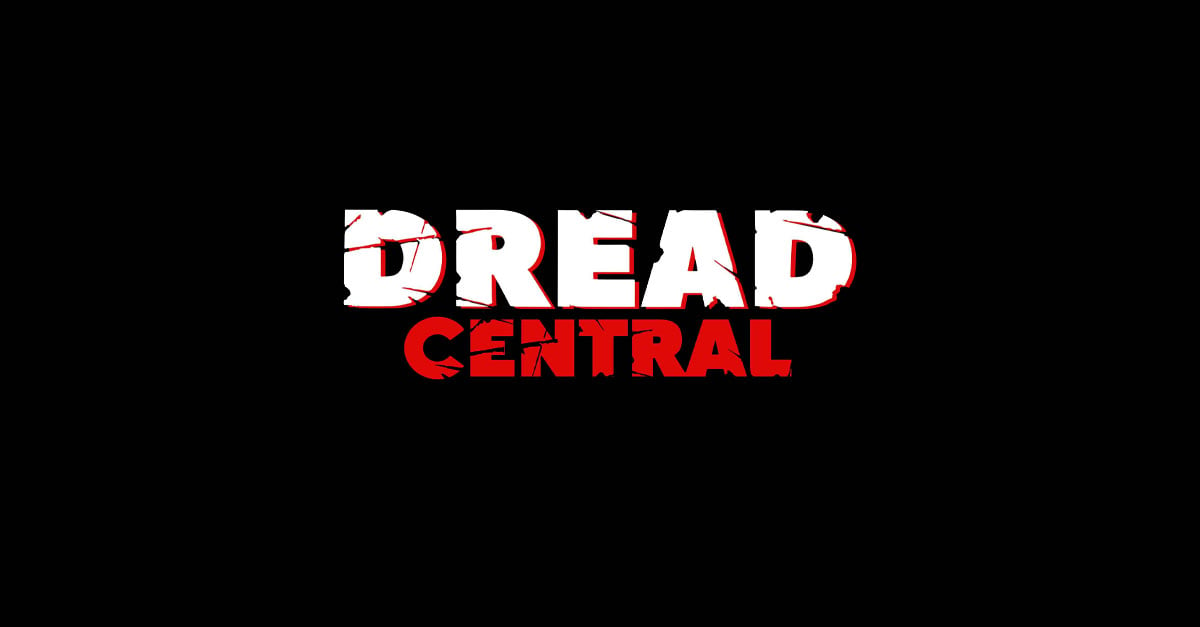Inside (Video Game)

 Developed by Playdead
Developed by Playdead
Available on Xbox One and PC (July 7th)
Suitable for ages 15+
There’s a bell curve when it comes to development time versus quality of game. To the very left are cellphone games and Unity projects completed in a month as a final project for a Game Design major. Next up are games from Ubisoft, EA, and Activision, who by grace of a reusable engine and massive piles of money alone manage to push out something resembling a finished product every year (if you squint real hard and ignore the infestation of termites). Between two and three seems to be the sweet spot, with AAA titles like God of War, Mass Effect, and Gears of War resting comfortably in this range. Things generally start to go downhill if left in development hell for much longer, descending until reaching full Duke Nukem: Forever.
So with the people at Playdead taking four to five years to release each of their games, you know that they are either charlatans or geniuses. Their first title, Limbo, was a labor of love, a tour de force that rocketed the studio into the spotlight. It solidified their position in gaming history, and almost single handedly brought legitimacy and scores of interest to the burgeoning indie marketplace. The tale of the game’s creation is as inspirational as its meteoric success, with a passionate team struggling month after month to make ends meet and see their baby finished. Seeking investment after investment, they pushed through, and finally forged their dreams into existence with a will uncommon for an industry comprised of more ideas than fortitude.
So with all that success and money, you’d think Playdead would have the resources to pump out game after game. Well, perhaps they have the resources, but it seems that taking forever to make something is just their style. Keeping the team at a moderate mid-20s, INSIDE has been their project for the last five years. Now that we understand this is just how Playdead operates, the question remains if Limbo was just a one-hit wonder. Have they been puttering around for the last half-decade? Or is that just the amount of time it takes for game-savants to turn lead into gold?

As I’ve stated before, I don’t care about the ethos of a company as long as their game is good. A shit game about social equality developed by a team of genderfluid champions for truth and justice is still a shit game. I appreciate the integrity of keeping your team small and taking the time to make sure that every shadow cast by every flower is a perfect metaphor for the duality of our human nature, but it has to still entertain me.
And entertain me INSIDE certainly did. At times I was shocked, disturbed, frightened, and even joyed. It’s a magnificently realized, deeply dark, and depressing look into a world both totally foreign and uncannily recognizable.
INSIDE boasts a level of visual fidelity that is absolutely staggering. Every step and stumble formats to the world in a way promised by every Assassin’s Creed trailer and completely absent in every Assassin’s Creed game. The environments are not only varied, but each conform to their own logic. The ominous forest at the game’s start might very well be the same as the one in your home town, but the labyrinthine depths of the flooded industrial complex are a surreal kind of familiar yet alien. They are layered into one another enough that the transition is never jarring, while each brings enough personality to be unforgettable.

I’d love to tell you all about the world, if I knew what the fuck was going on in this game. Just like Limbo, INSIDE doesn’t really explain anything, including the controls. Just like Limbo, the game follows a young boy in constant peril using the powers of jumping and intuitive puzzle solving to save the day. And just like Limbo, the world is stark, stylish, oppressively bleak, and universally dangerous.
But this time, there’s some color! I mean, it’s still mostly grey, but there are definitely some blues, reds, and even greens! It’s a semi-sarcastic point alluding to my main criticism with INSIDE, which is that it’s basically just like Limbo. It’s a stunning game, easy to play, rich with philosophy, and it proves that “art” and “game” don’t have to be mutually exclusive. It’s fun and meaningful. Which are all the same words in the same order that I would use to describe Limbo.
Hey, there are worse things than being basically just Limbo. And more accurately, it’s more like Limbo Plus. There’s more physics this time around, with plenty of dragging and lifting objects. There’s also a cool mind control mechanic that lets you solve increasingly difficult puzzles with multiple surrogates. The last 10% of the game is also very different. It’s so batshit that I’m cautious to even mention its existence without tainting the surprise. Aside from these pretty basic changes and the graphics being roughly 200% prettier and 20% more colorful, it could have easily been titled Limbo 2.

It’s also only like three hours long, which seems like a poor return on five years of invested time. There also isn’t really any payoff when it concludes. Still, I’m having a really hard time being critical of INSIDE. Despite being short and basically the same thing again, it manages to pack almost unequaled greatness into that tight package. Playdead managed the Herculean task of making something that is both art and game.
I would recommend INSIDE to all but the most odious of trolls. Even if you don’t like art, the tight gameplay and clearly recognizable evocative visuals will be sure to draw you in. There’s a small chance INSIDE might live in the shadow of its predecessor, but in my mind it surpases it in every way. It’s terrifying, beautiful, challenging, and fun. This is a game that should not be missed.
-
Game
Categorized:Horror Gaming Reviews

